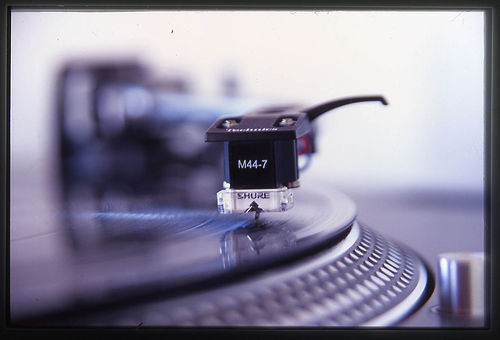
You can stop worrying about backward messages hidden in popular songs — they’re totally passe now. Examples:
- “Congratulations. You’ve just discovered the secret message. Please send your answer to Old Pink, care of the funny farm, Chalfont.” (Pink Floyd, “Empty Spaces”)
- “Anyone who is stupid enough to play this record backwards deserves what he is about to hear.” (Bloodrock, “Gotta Find a Way”)
- “Obey your parents. Do your homework. Winners don’t do drugs.” (Information Society, “Are Friends Electric?”)
- “Time is important. You are wasting it by backmasking this song. You want me to say something about the devil or something? Okay — lalalalalalalala Satan.” (K&H, “Dusty Road”)
- “Wow, you must have an awful lot of free time on your hands.” (“Weird Al” Yankovic, “I Remember Larry”)
- “Devil shall wake up and eat Chef Boyardee Beefaroni.” (The Bloodhound Gang, “Lift Your Head Up High”)
- “I buried my parakeet in the backyard. Oh no, you’re playing the record backwards. Watch out, you might ruin your needle.” (The B-52s, “Detour Through Your Mind”)
Maybe that’s for the best; those congressional witch hunts were getting kind of scary. Saint Teresa of Avila said, “I do not fear Satan half so much as I fear those who fear him.”
